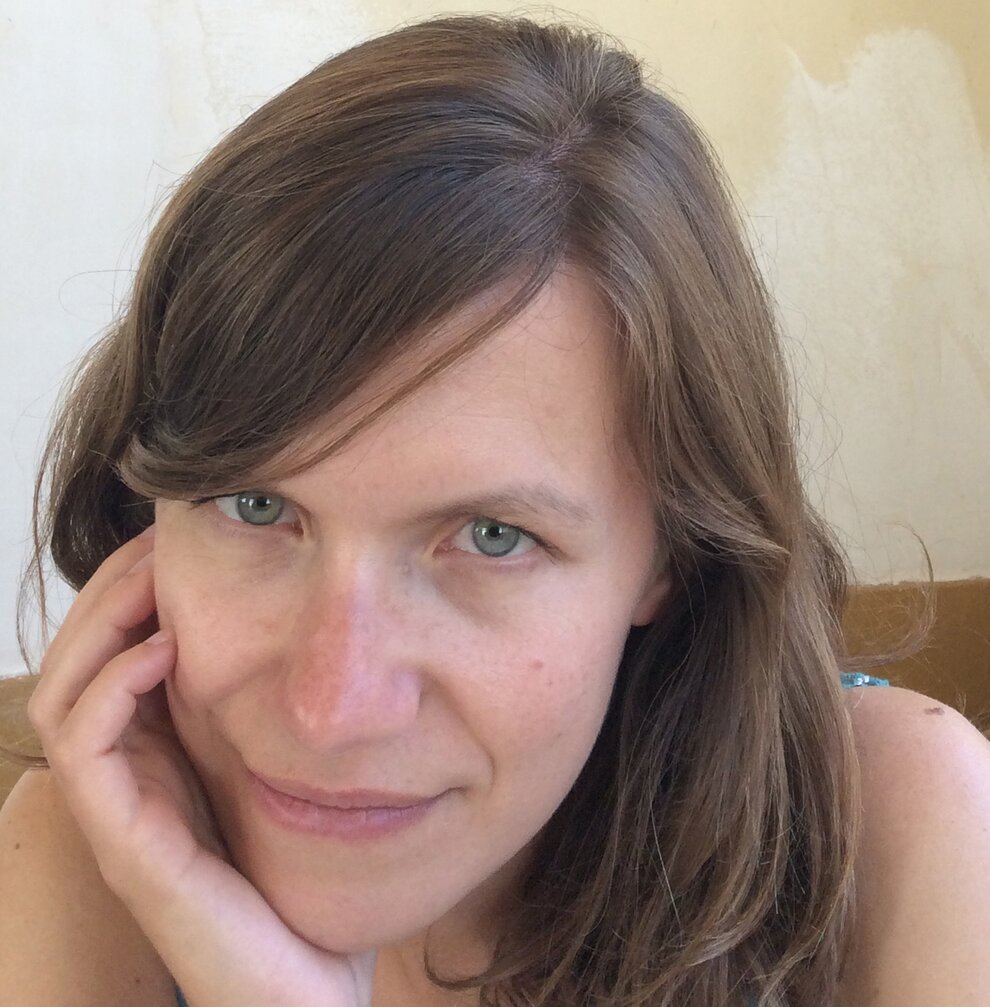David Max Moerman


David Max Moerman (PhD, Stanford, 1999) is a professor in the Department of East Asian and Middle Eastern Cultures at Barnard College, Columbia University. His research focuses on the visual and material culture of premodern Japanese Buddhism. His publications examine topics such as the representation of pilgrimage landscapes in painting, literature, and ritual; the burial of Buddhist texts; the death of the Buddha in medieval painting and print culture; women’s islands in the history of Japanese maps; Buddhist cartography and cosmography; and religious vows inscribed on Japanese talismans.
The project
Title: The French Discovery of the Buddhist World: The Japanese Buddhist World Map and the Origins of Buddhist Studies in Europe
"The largest and most detailed Buddhist world map, published in 1710 in Kyoto by the monk Hōtan, represented a major advance in Buddhist cartography. It was notable for including Europe and the Americas, while remaining deeply influenced by the geography of Xuanzang, a 7th-century Chinese monk. This map was quickly redrawn and reprinted in simplified editions, one of which was included in the Japanese encyclopedia Wakan sansai zue by Terajima Ryōan in 1712. A century later, Heinrich Julius von Klaproth published several European versions of the map, based on the Japanese editions. In 1836, the historian Stanislas Julien included an even more detailed version of this map in his translation of Xuanzang’s Record of the Journey to the West, a key work for the study of Buddhism in Europe. This translation facilitated the reconstruction of Xuanzang’s pilgrimage and inspired archaeological explorations in India and Central Asia. Scholars such as Klaproth, Rémusat, and Julien played a central role in introducing East Asia and Buddhism to Europe. Their work was essential for the creation of early learned societies and the formalisation of Sinology and Buddhist studies. They also showed that the accounts of Chinese pilgrims like Xuanzang and Faxian did more than supplement Indian sources—they offered a new historical and geographical perspective on Buddhism. This research focuses on the study of the manuscripts compiled by Rémusat and Julien, which contain the earliest descriptions of this map in Europe, and on the physical copies of Hōtan’s original map and the encyclopedia in which it appeared, preserved at the Bibliothèque nationale de France (BnF)."
Hosting institution: UMR8173 Chine-Corée-Japon, CNRS-EHESS
Selective Bibliography
- The Japanese Buddhist World Map: Religious Vision and the Cartographic Imagination. Honolulu: University of Hawai’i Press, 2022.
- “India Through the Japanese Looking Glass: Cartographic Encounters and the Buddhist World Picture.” In Mia M. Mochizuki and Ines G. Zupanov, ed., Palimpsests of Religious Encounter in Asia: 1500-1800. Leiden: Brill, 2025.
- "The Japanese Image of the Buddhist Earth: Geography, Cosmology, and the Culture of Vision." In Jeffrey Moser and Jason Protass, ed., Countless Sands: Medieval Buddhists and their Environments. Honolulu: University of Hawai’i Press, 2024.
- "Japan, Cartography, and the Art of World-Making." In Christine Guth, Melanie Trede, and Mio Wakita, ed., Japanese Art: Transcultural Perspectives. Leiden: Brill, 2024.
- "The Buddhist World Map in Edo Print Culture: Religious Vision in the Age of Mechanical Reproduction." In Joshua Schlachet and William C. Hedberg, ed. Interdisciplinary Edo: Towards an Integrated Approach to Early Modern Japan. New Abingdon: Routledge, 2024.


Monica Alonso Riveiro

Toon Van Overbeke

Xiaoyang Zhu


